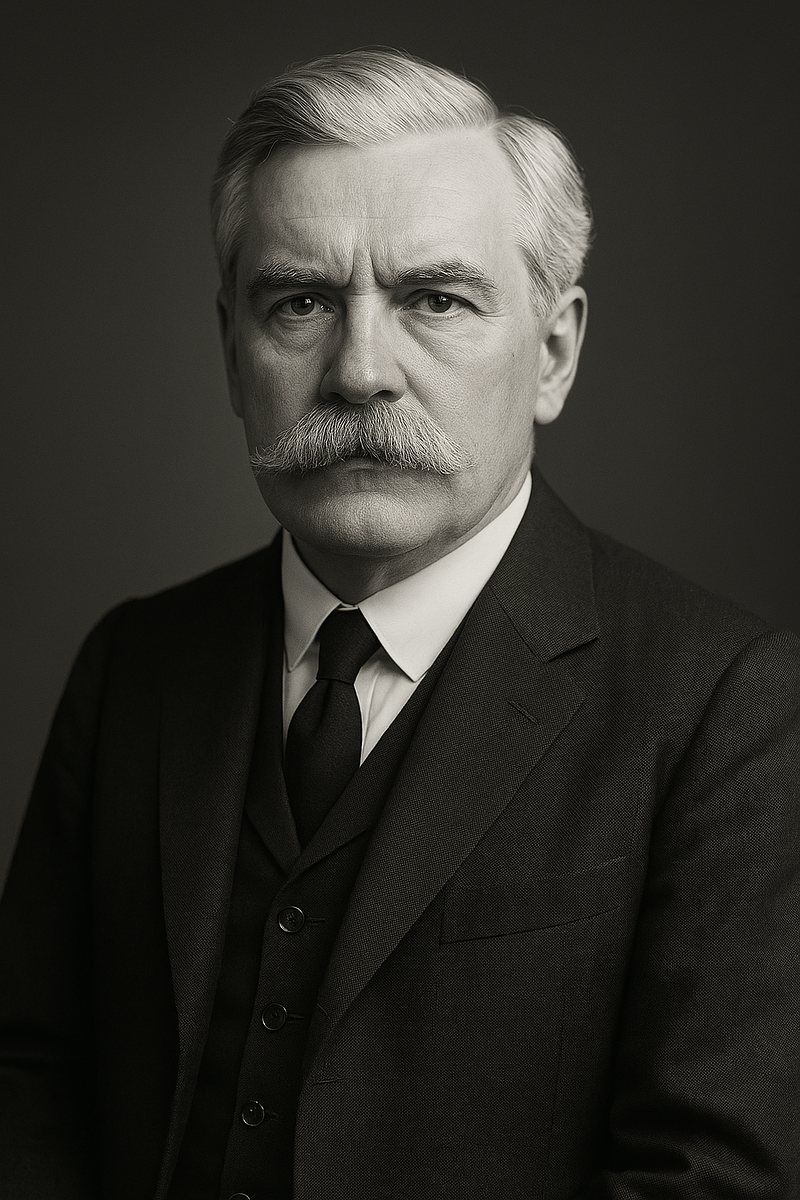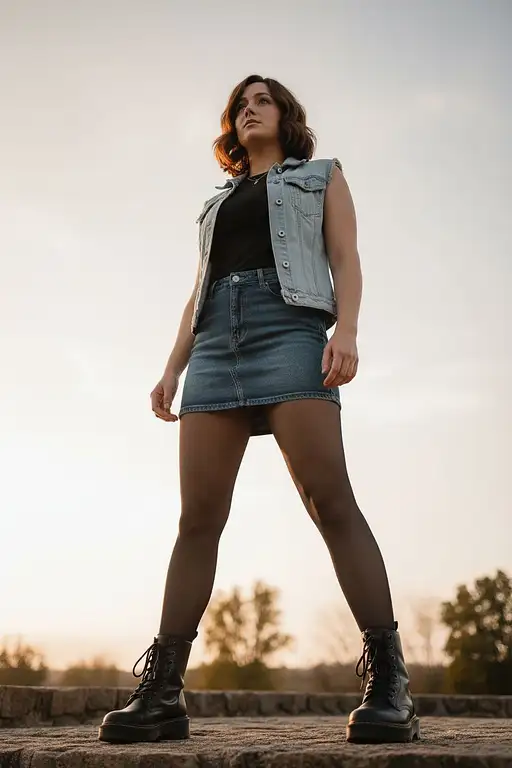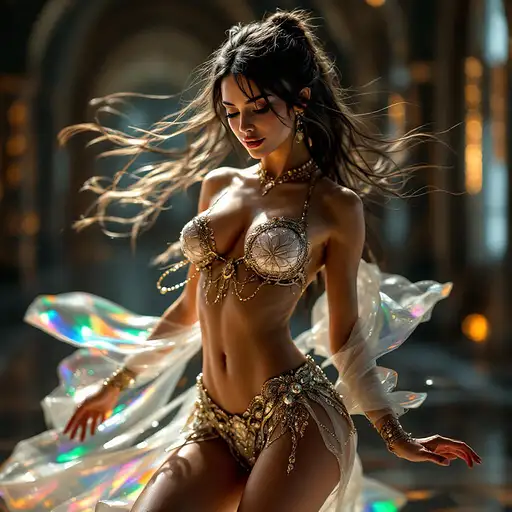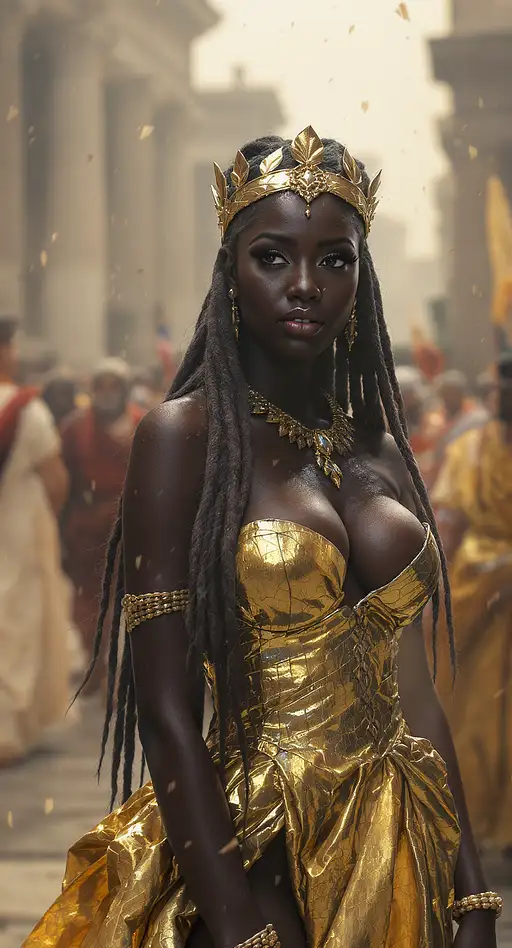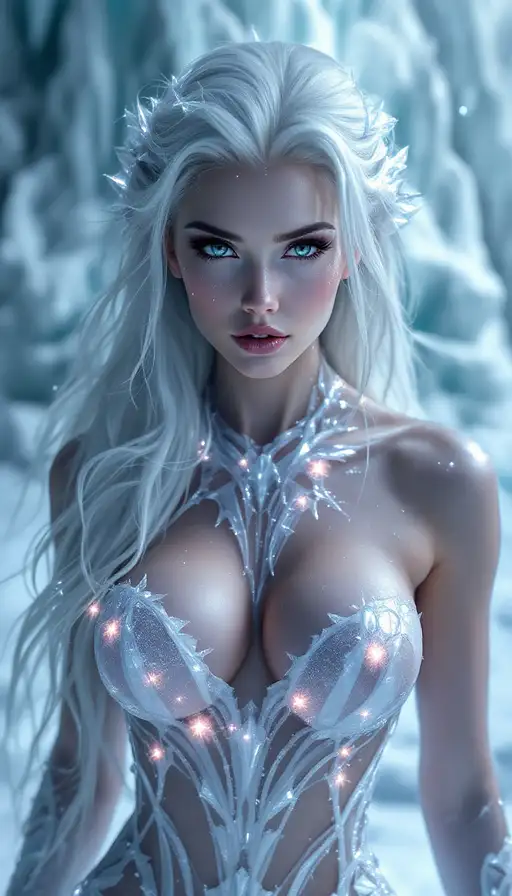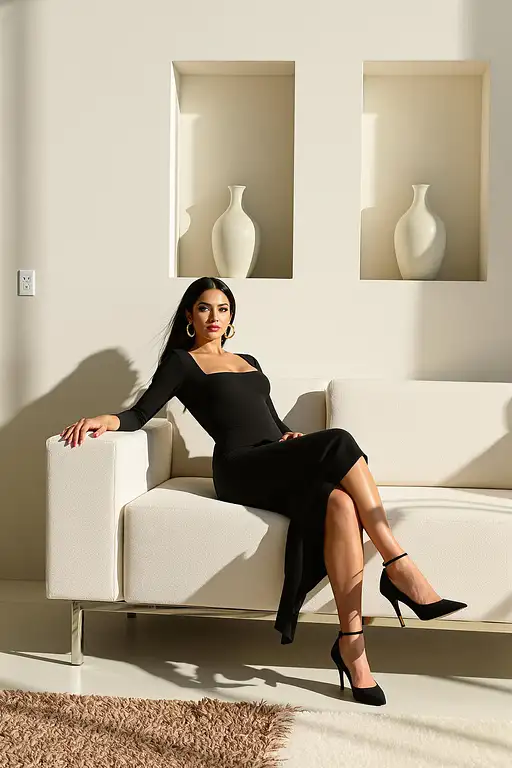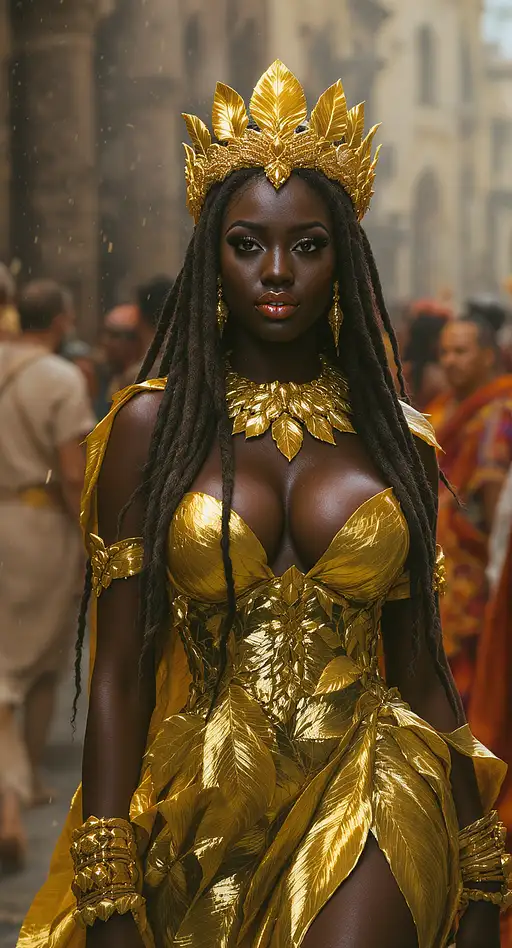8 months ago
(Cyberpunk, futuristic, dystopian underworld, high detail, cinematic lighting, dark and moody atmosphere)
A wiry and gaunt man with sunken, exhausted eyes that have a manic glint, framed by dark circles from years of working in dimly lit back-alley clinics. His pale skin looks sickly under the flickering neon light, and his thin face is lined with tension, his lips slightly parted as if muttering to himself. His hair is unkempt, streaked with oil and grime, further emphasizing his haggard, overworked look.
He wears a dingy off-white lab coat, once pristine but now stained with grease, blood, and years of unwashed grime. The fabric is frayed at the edges, hanging loosely over his thin frame. His cybernetic enhancements are crude and patched-together, a collection of exposed wiring and rusted plating barely held together. His left shoulder has a mechanical plating rig, jagged and uneven, with loose bolts and sparking neon-blue wiring protruding in places. His chipped tooth shows when he speaks, adding to his rough, jittery appearance.
The background is a dark, cluttered ripperdoc lab, filled with outdated cybernetic parts, flickering monitors, and half-functioning medical equipment. The air is thick with smoke from a nearby vent, and a dull, flickering green med-lab light casts eerie shadows across the scene. A neon-red light from the alley outside spills through a cracked window, contrasting with the cold surgical glow of malfunctioning overhead lamps. The atmosphere is gritty, chaotic, and oppressive, embodying the tension of a street-level surgeon who exists between life and death, law and crime.
Rendered in ultra-detailed, cinematic composition, sharp focus, 8K resolution, ray tracing, cyberpunk noir aesthetics, high contrast lighting, depth of field, volumetric lighting, intricate detailing, realistic skin texture, futuristic urban decay, science fiction concept art, hyper-realistic digital painting, dramatic chiaroscuro lighting, neon reflections, moody atmosphere, cybernetic enhancements, grunge aesthetic.
Negative Prompt:
(bad composition, low detail, low resolution, deformed anatomy, distorted features, asymmetrical face, extra limbs, missing fingers, unrealistic eyes, unnatural skin texture, overly stylized, washed-out colors, blurry, poorly rendered cybernetics, uncanny valley, cartoonish, low-quality render, watermark, text, overexposed lighting, excessive glow, lack of contrast, amateurish design, low effort, duplicate elements, broken limbs, unbalanced composition, generic design, bad perspective, flat shading, soft focus, dull colors, clean or polished cybernetics, generic futuristic doctor, overly heroic pose, pristine environment)

